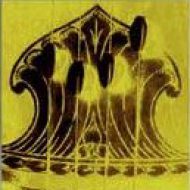sa = middle octave (madhya sthayi), ‘sa = higher octave (tara sthayi)Explore renditions of raga Vasanta on YouTube >>Find song lyrics (composers) & translations for these and other ragas >> Fondly invoking “spring” with ragas Vasanta & Basanta A suggested by its name, Vasanta occupies a special place for evoking the moods and longings associated with “spring …
Continue reading “Flow | Janya practice 5 & 6 notes – raga Vasanta”
